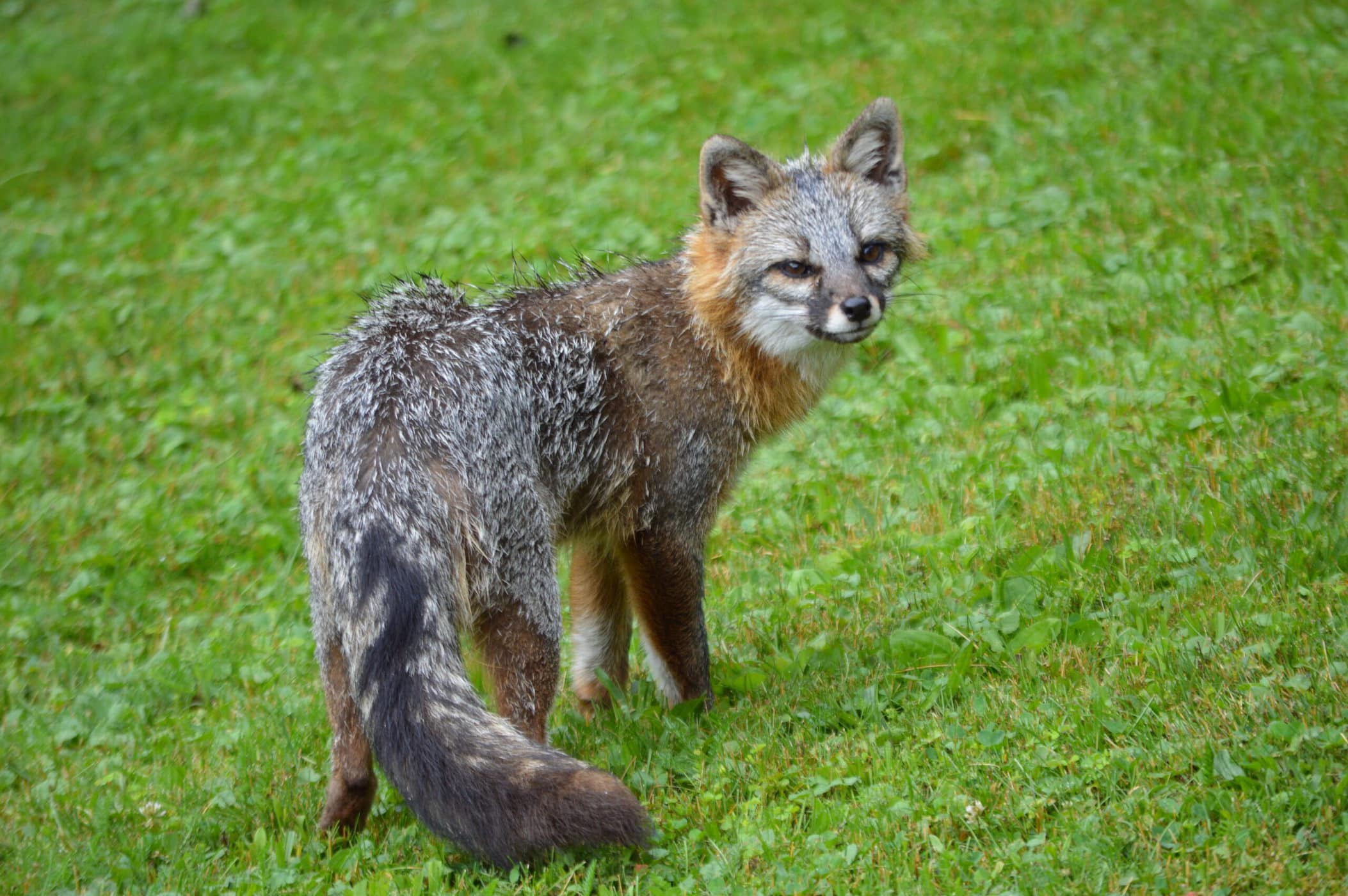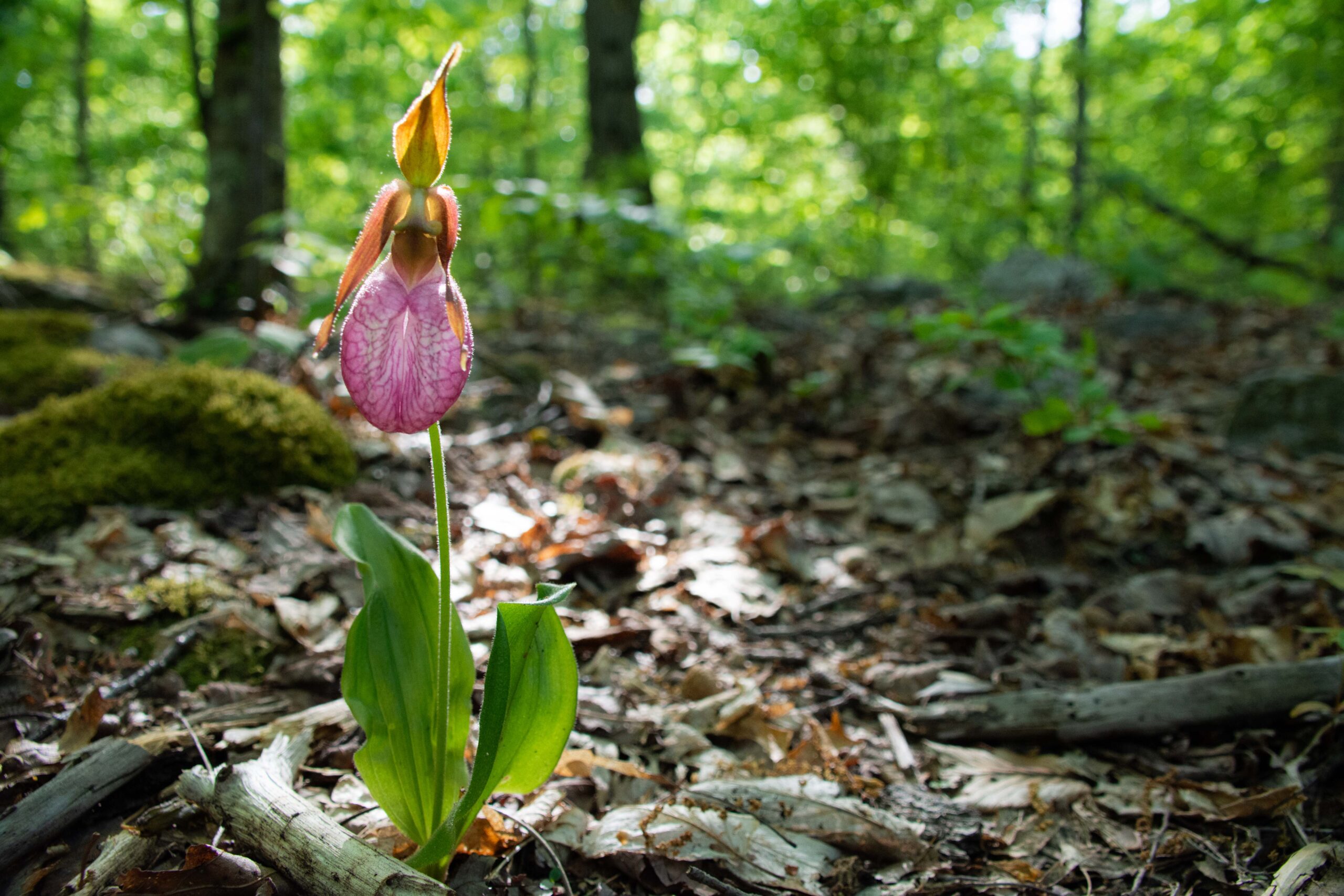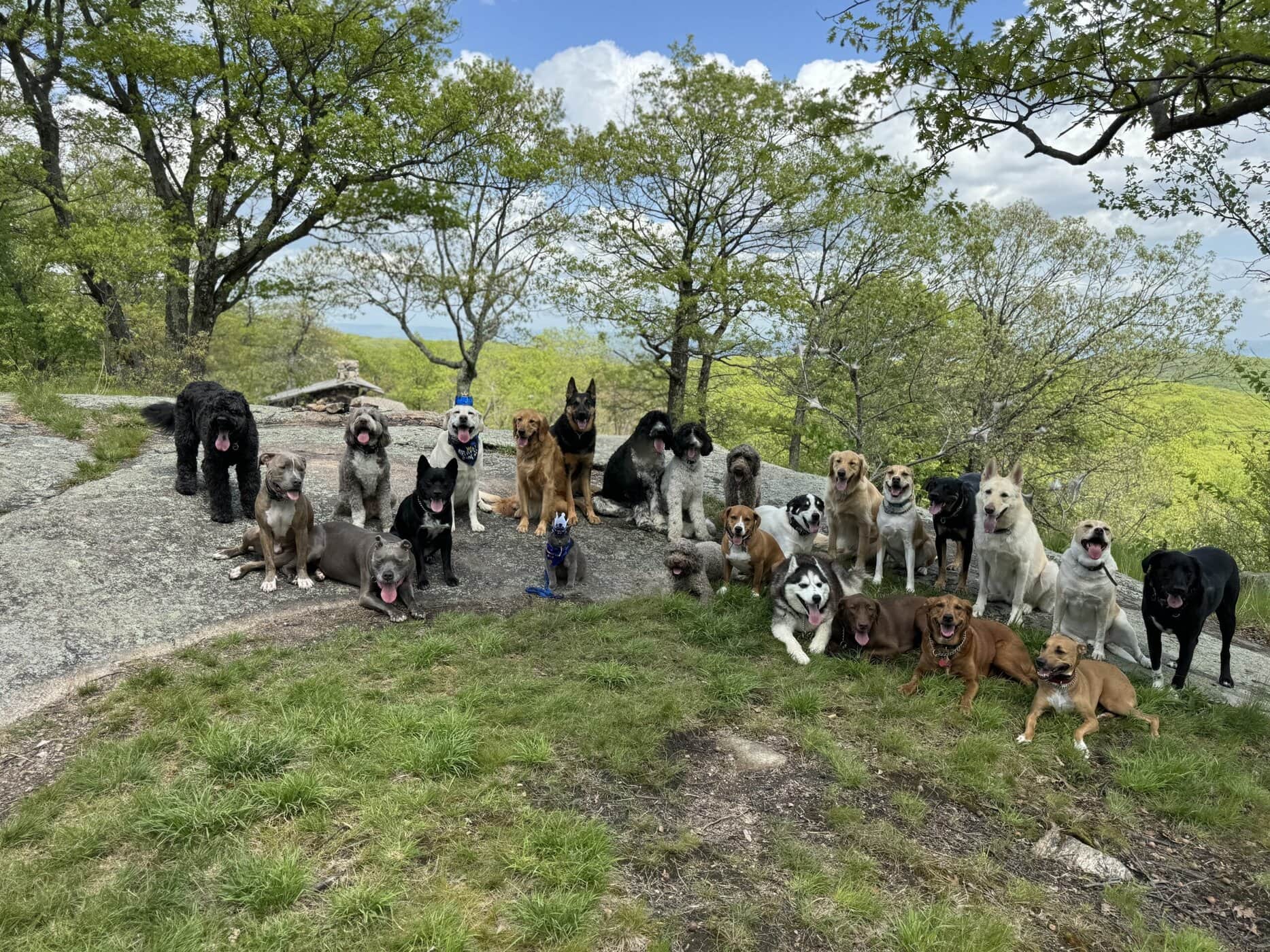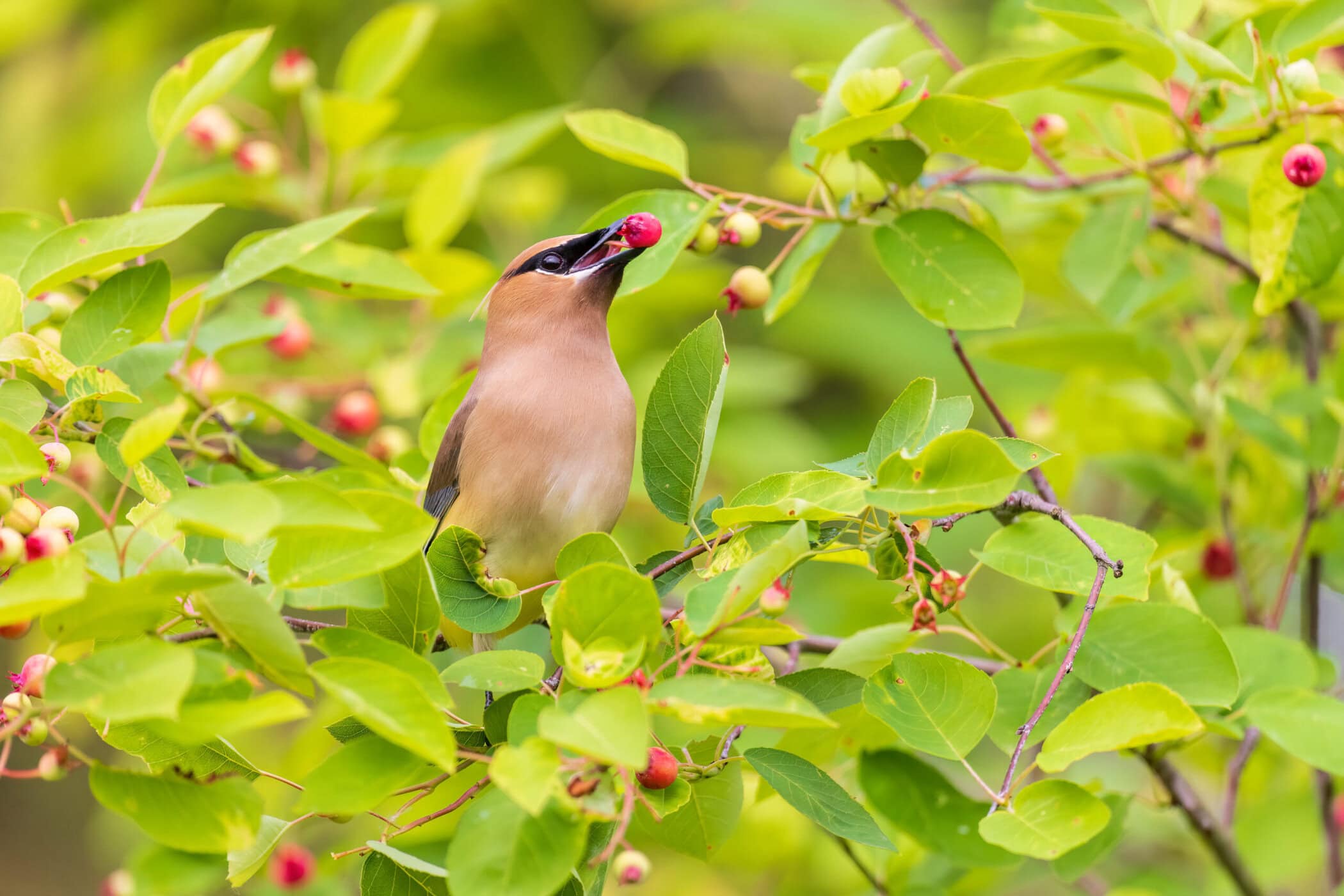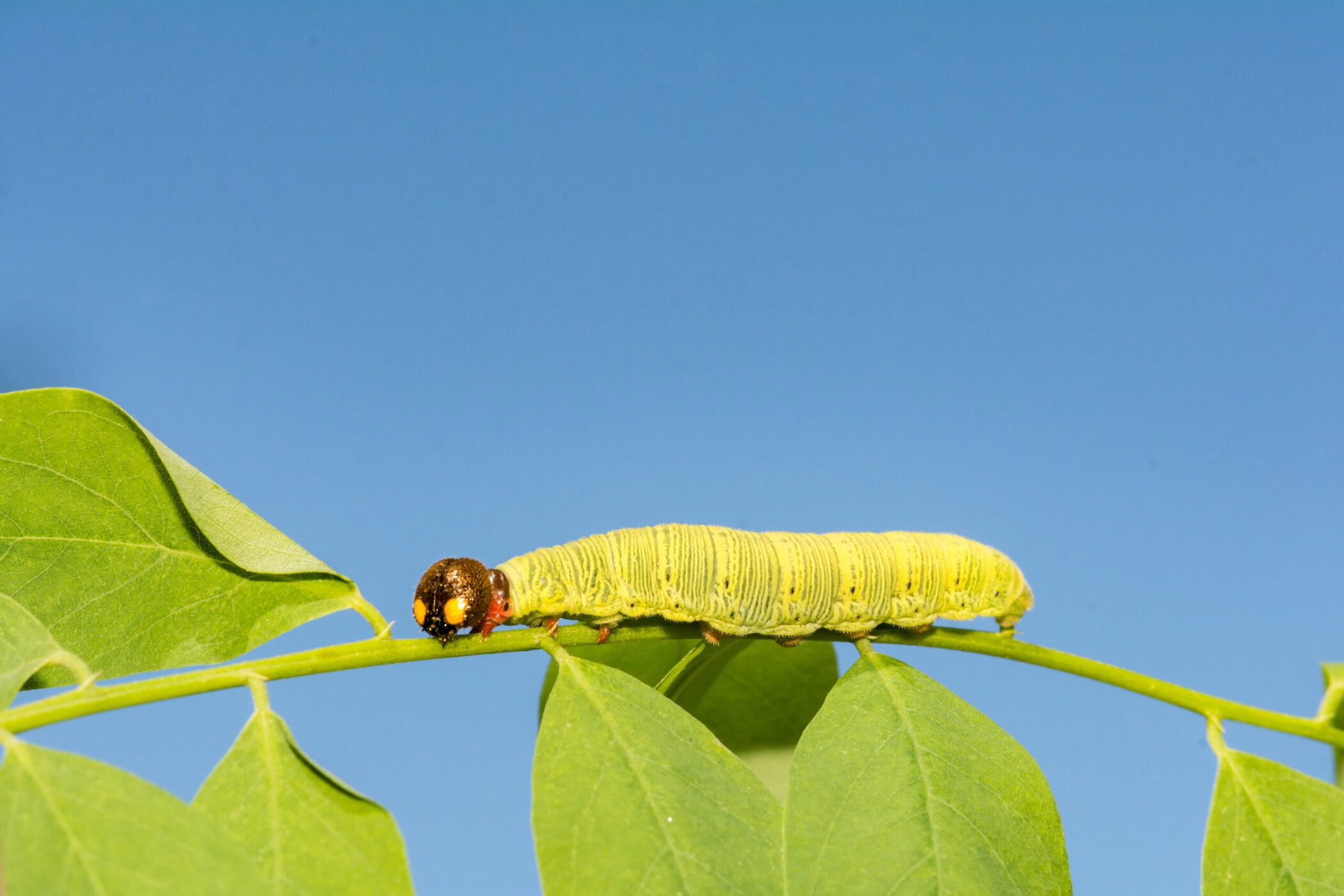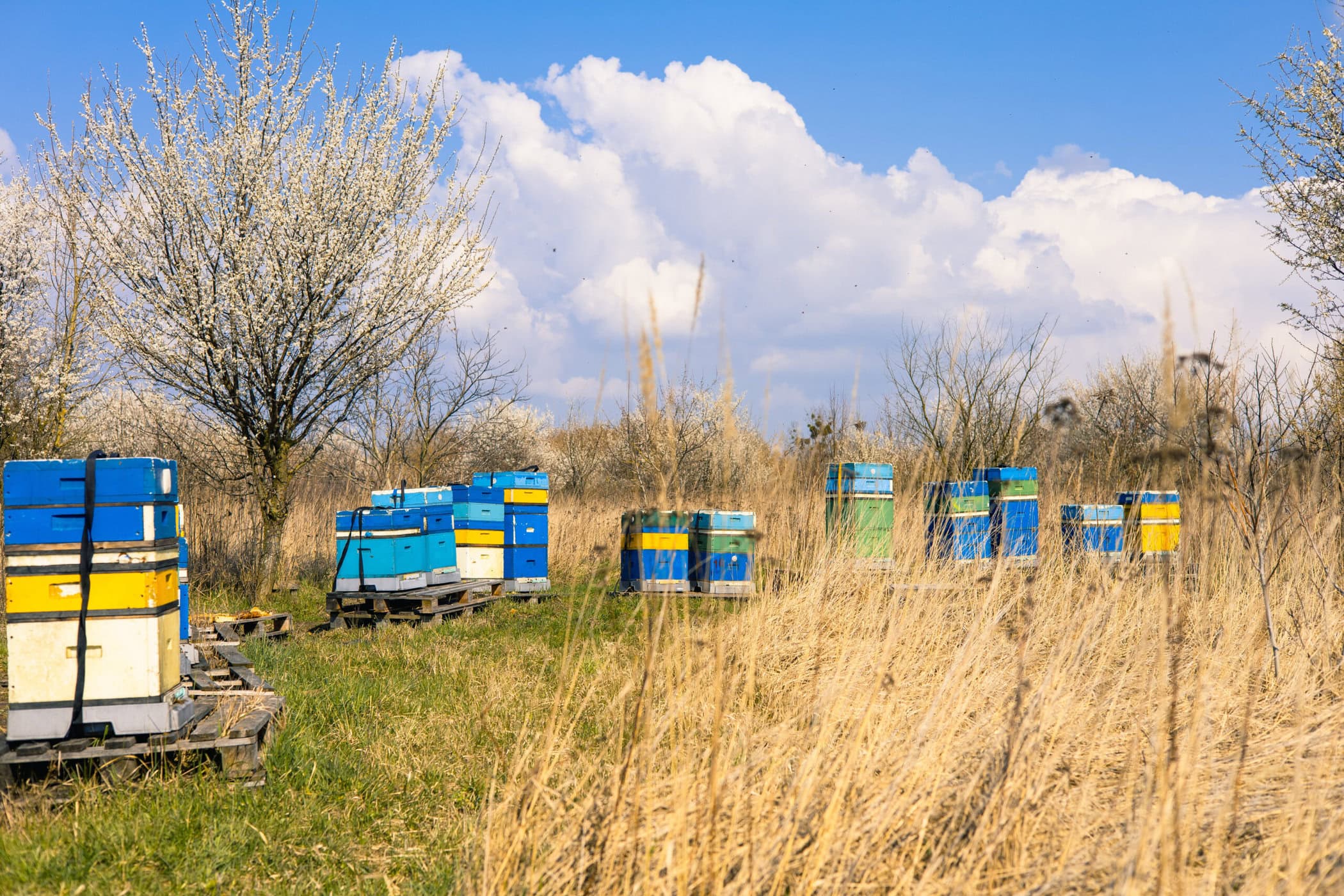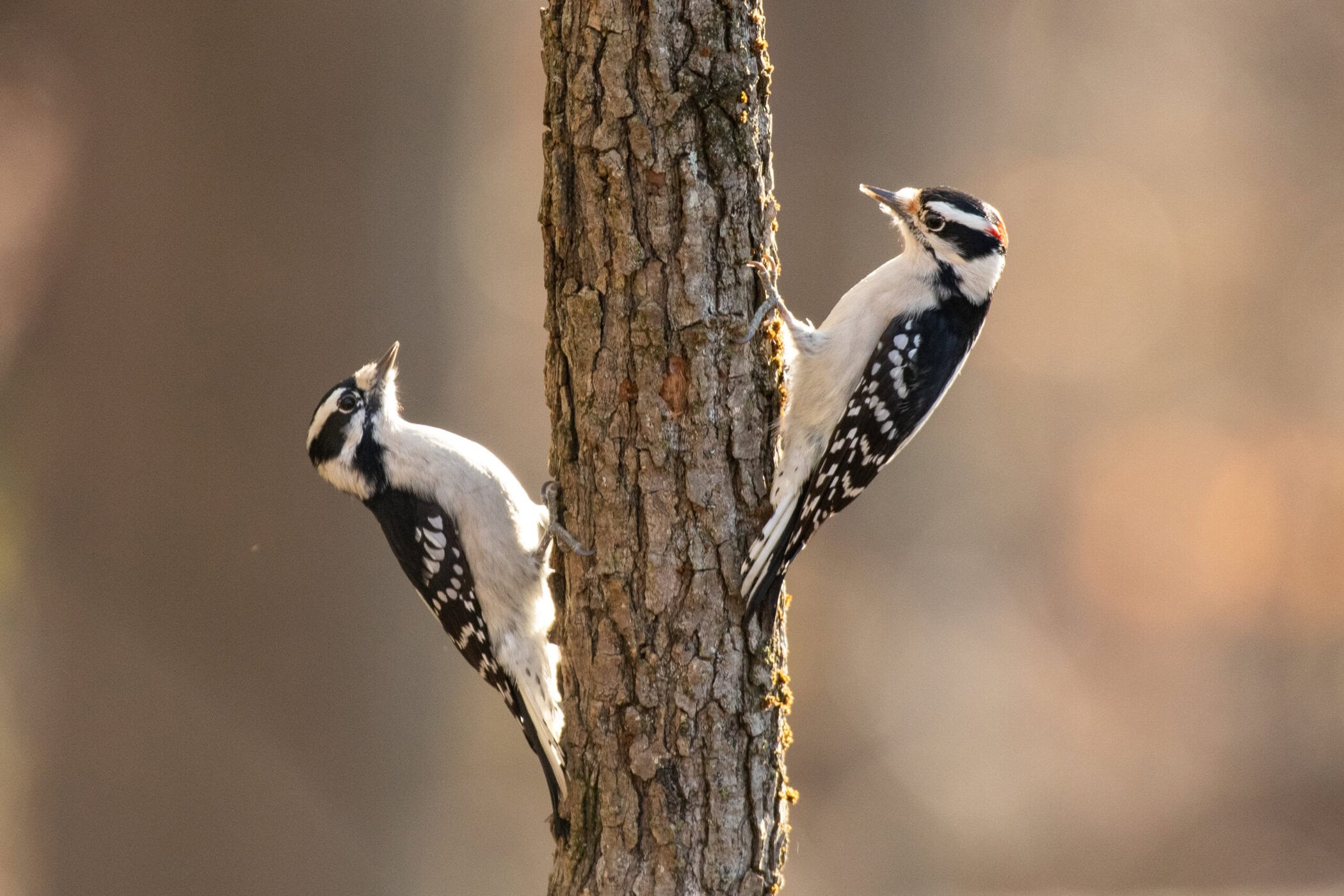This past spring, spotting an elegant lone red fox in Scenic Hudson’s Mount Beacon Park — and seeing a mother nursing her kits along a hedgerow below the Hamilton Fish Newburgh-Beacon Bridge — reminded us why these animals have fascinated humans for so long.
Archaeologists recently opened a 16,500-year-old grave in Jordan to find the skeleton of a fox that had been buried with a human, suggesting a pet relationship that beat the earliest evidence of a dog as pet by 4,000 years. Yet as 2013’s least-escapable kids’ song “What Does the Fox Say?” proves (and sorry for bringing it back into your head!), our collective fascination with foxes has never let up.
Foxes are members of the Canidae family, making wolves and dogs their canine relatives. Foxes have some commonalities to dogs (like a great sense of smell) and others to cats (extra-sensitive whiskers, tree-climbing abilities). Surprisingly, they’re sleek enough to weigh less than the average house cat. Yet they’ve got a special status all their own.
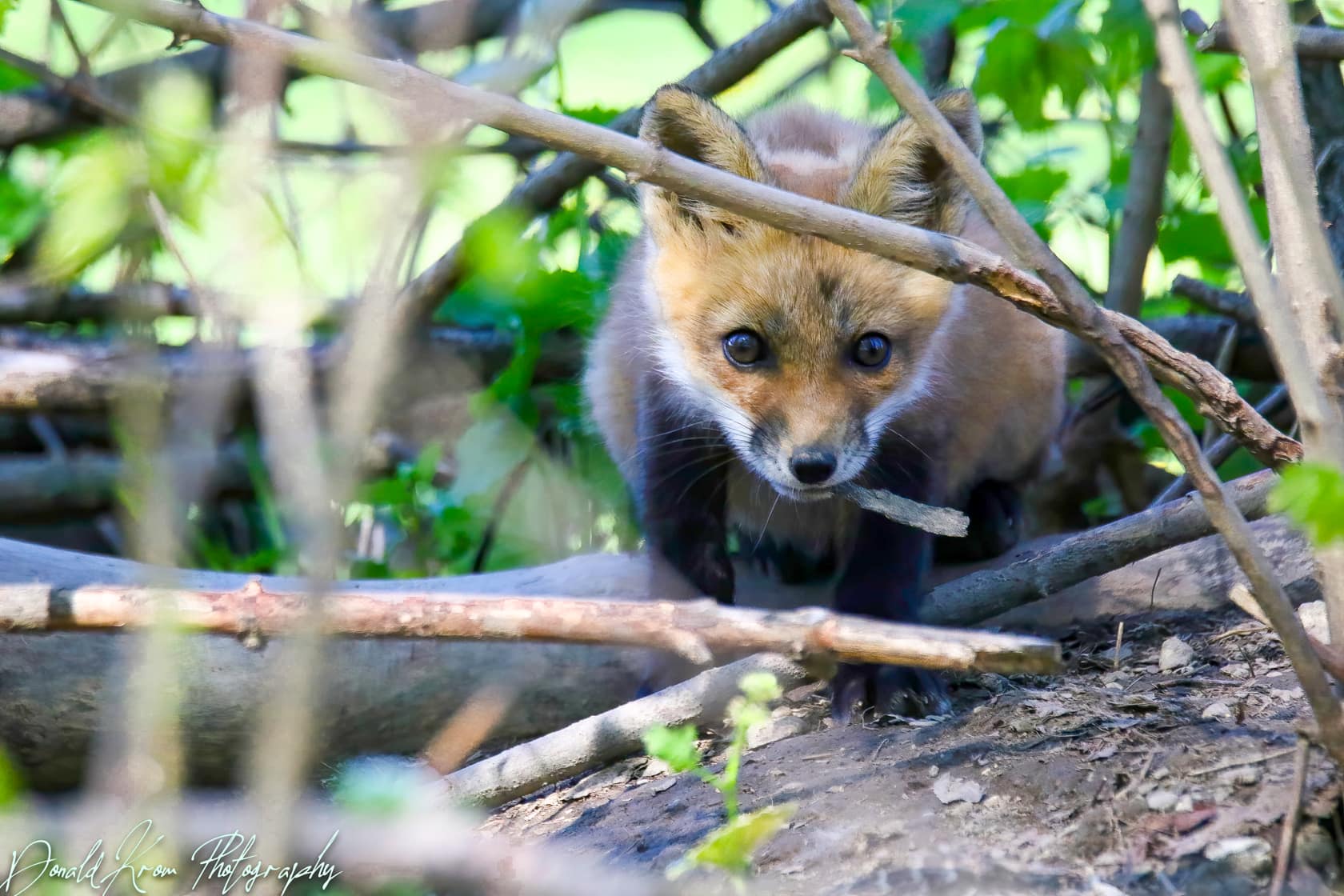
“Foxes touch human emotions,” ecologist Adele Brand, author of The Hidden World of the Fox, has said. “Of all our wild mammals, they are the easiest to get to know as recognizable individuals, and observing the ups and downs of their lives builds strong empathy.”
Here are some of the coolest pieces of scientific knowledge about foxes:
Foxes are found on every continent except Antartica (although they were introduced by humans to Australia). They’re hugely adaptable, able to live in forests, prairies, deserts, even tundras. Both red and gray foxes are found in the Hudson Valley, although gray are less prevalent (and a red fox can actually turn up with different colorations, including gray).
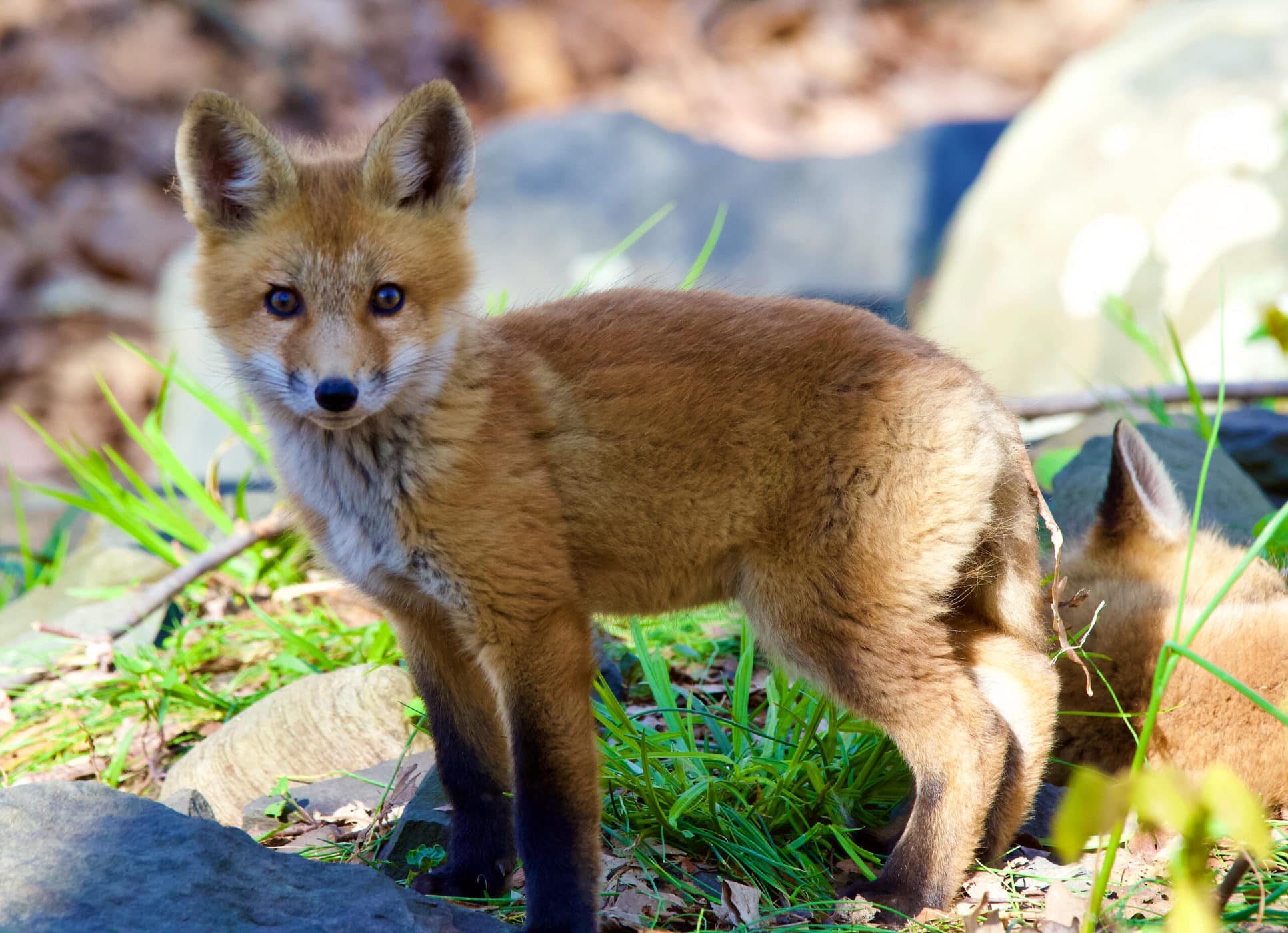
In March and April, many have just bred. They deliver one of their annual litters of as few as two or as many as 10 baby foxes, which are called kits. Kits are born blind and deaf, and they stay with their parents for around their first seven months of life.
Foxes hunt and sleep alone. They’re considered solitary creatures. Raising small families is one of the few things these animals do together. If you do see multiple foxes together, you can pull out a fun term: a group of them is called a skulk or leash.
A female fox is called a vixen. She’s fertile only three days per year. The name for a male fox is a little less exotic: he’s called a dog. He does stick around and help, bringing food to the den, and a vixen often regurgitates it to her offspring. Foxes are considered excellent animal parents.
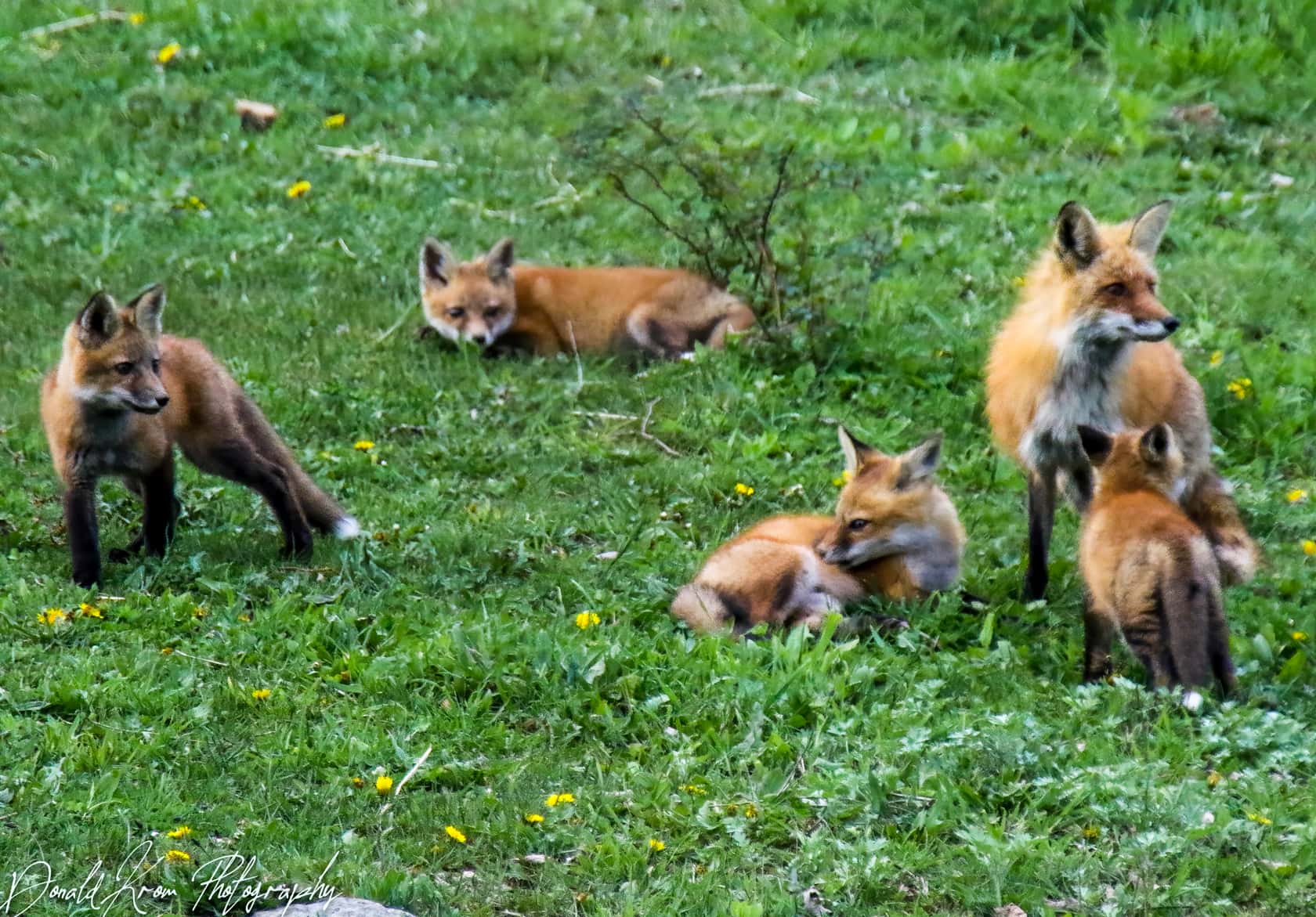
Their hearing is unimaginably sharp. A red fox can reportedly hear a watch ticking up to 40 yards away — or, maybe more pertinently, a rodent digging deep underground.
Gray foxes are good climbers, while red foxes are speedy runners. Gray foxes have semi-retractable claws and can rotate their forearms, allowing them to climb trees. Red foxes can run short distances at speeds up to 45 mph, outrunning dogs, coyotes, and wolves.
They’re threatened by habitat loss, but vital to ecosystems. Foxes help control populations of their prey animals, like rodents and pigeons (some species of which are common vectors of Lyme disease). They also may disperse seeds by eating fruit. In researching her book, Brand has said her most stunning find was that seeds from at least one plant, Mediterranean hackberry, germinate earlier and are much more likely to survive if they pass through the intestinal tract of a fox and are excreted in its droppings.
